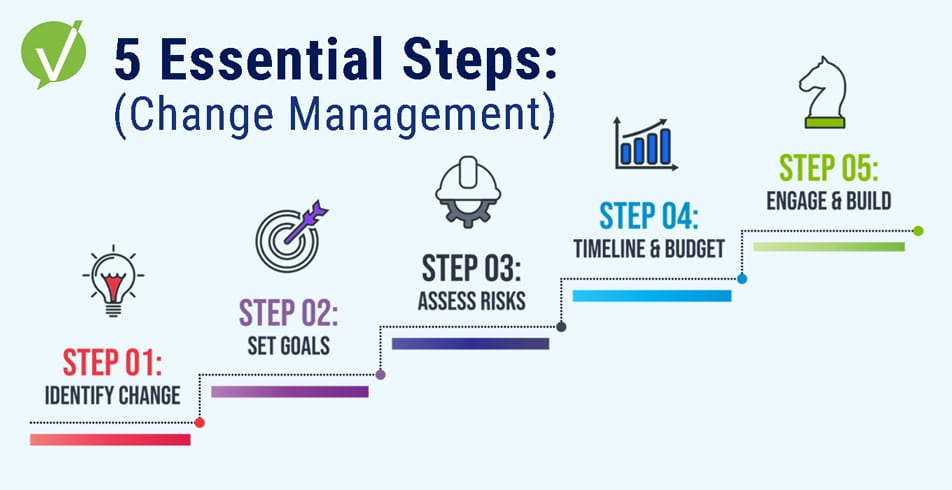B2B Customer Service: What it Is and Why it Matters
Customer service (CS) seems like a simple enough concept on the surface. And yet, the practices and preparation required—to provide a truly unique customer experience and create loyal clients—take a greater depth of understanding and experience to get things right. This is especially true for meeting the needs of businesses, which are naturally more complex and comprehensive than those of individual consumers. While many understand the essentials of handling tickets and giving basic customer education, there is much more that plays into B2B customer service.
Business owners that run small- to medium-sized enterprises (SMEs) will see their customer service needs expand substantially. Though it may be overwhelming initially, learning to lean on best practices and tools can help ensure quality results for clients. To help B2B business leaders understand what customer service looks like for a growing company, we will cover the following topics:
- How B2B customer service differs from B2C
- Leading strategies to reliably improve B2B customer service
- How to get started today
Let’s dive into each and get a better understanding of what B2B sales-driven businesses can expect when building their CS departments.
How B2B Customer Service Differs from B2C
Much of the information available when researching CS topics is related to B2C customer service. Those needs, however, differ significantly from the needs of B2B firms for several reasons, including:
- Longer sales cycles
- Lower consumer volume
- Increased focus on contracts vs. one-off purchases
- More ongoing support needs
- Higher level of liability at stake for poor CS
These unique aspects of B2B customer service bring several specific challenges to the table. For example, a lower number of customers increases the cost of losing just one to poor CS. The ongoing nature of B2B contracts also requires more CS availability, as client firms need to know their operations won’t be held up for long if they experience an issue with a product or service.
There is also an increased legal risk for poor B2B customer service. It is more common for lawyers to get involved when a client who owns a business feels they have been mistreated, as businesses more commonly have the means to take legal action, and the B2B sales process involves more complex contracts. This makes the penalties for poor CS even more expensive for those selling to other business owners.
Why it Matters
In addition to these potential negative consequences of poor customer service, there are an overwhemling number of positive correlations between customer-centric organizations and growth. A 2019 Forbes article lists 50 statistics linking CS to increased value—in market share, revenue, profitability, customer retention, and more. The implications for growth have only increased in the last 5 years, after the digital shift in response to global disruptions.
Leading Strategies To Improve B2B Customer Service
So, how can B2B merchants increase their profitability, retain more customers, and protect themselves against risk through quality customer service as they grow? The key is to lean on best practices driving the customer service management (CSM) industry toward more efficient and personalized business outcomes for clients, even when those clients are entire corporations rather than individuals.
The best practices laid out in the IT Infrastructure Library (ITIL), originally an IT Service Management (ITSM) framework, are becoming the standard for forward-thinking businesses looking to improve their customer service.
While ITIL may have started in the IT industry, the standards and practices it presents are transferable to customer service in any industry, as they deal largely with providing efficient responses, keeping quality documentation and analytics to inform future improvements, and establishing a reliable and repeatable framework for continued success.
While ITIL is a complex framework for any business to adopt all at once, software tools built on its foundational procedures and practices make improving customer service departments a fairly simple process. These tools streamline workflows by automating logistics and providing a more holistic client view to ensure each receives the customer experience that best fits them. They allow for a high level of configuration to meet the needs of any industry.
All business leaders need to do is select a software tool that works for them, supports them along their CS maturity journey, and enables the adoption of best practice frameworks. Software tools must support the business by elevating customer service, enabling operations to increase productivity, and empowering teams. This is where Vivantio can help.
Cutting-Edge B2B Customer Service with Vivantio
While each of the qualities listed in this article can benefit any business, none will help if managers choose a platform that doesn’t offer all the necessary features. Vivantio offers a cutting-edge customer service software platform that provides the necessities and more, including:
- Endless integrations to make implementation easy.
- Automatic ticket routing to ensure every ticket gets to the proper agent.
- A workflow designer tool that allows managers to customize the framework of their CS operations without any prior technical knowledge.
- White-label service portals so businesses can maintain cohesive branding throughout the service process.
- A holistic view of each client to ensure that no agent is left without vital information.
For businesses looking for ways to bring their customer experience into the modern age, Vivantio is a valuable option.
For more than two decades, Vivantio has been helping clients optimize their service organizations by leveraging a unified service management platform. To find out how Vivantio can help you improve B2B customer service, contact our team today or register for a free demo.













